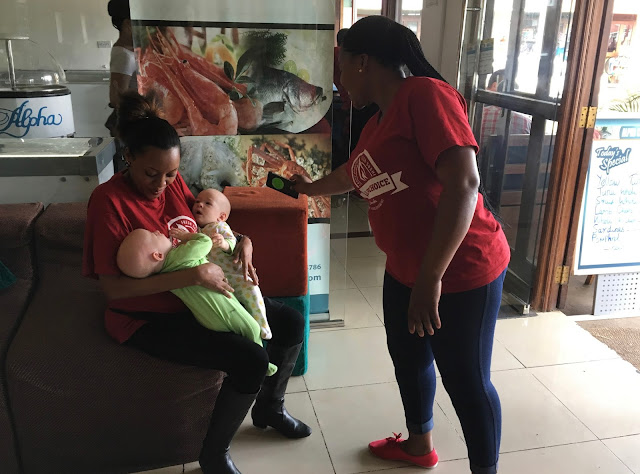Runway Survey
Earlier this week all the pilots, aircraft mechanics in JAARS training, and a few of the staff went to a few of the airfields which are used for training. These grass runways are privately owned but the owners have generously allowed JAARS aircraft to operate out of them.
The purpose of the "field trip" was two-fold. First, it gave the pilots an opportunity to walk and assess the runways before flying into them. Secondly, these runways require periodic inspections.
The first task was to measure the fields. Since JAARS operates out of short airstrips, performance numbers (how long it will take the aircraft to get off the ground) is crucial. Before flight, distance for takeoff and landing will be calculated and is accurate to within 20 feet. To do this, environmental factors such as humidity, slope, surface, wind, etc. will be measured to produce an aircraft performance number. As such, having markings on the runway to verify whether the aircraft is performing as calculated is important.
One airstrip had cones, which makes it easy to measure distance. Most times, the best we have is a black stump or a lone tree on the side of the runway.
Part of the survey included measuring obstacles to determine where the aircraft could safely takeoff with adequate margin. We were taught how to use inclinometers to measure the angle from the horizon.
A few of the guys coming back from cutting down growth at the end of the runway.
Unfortunately, the last airstrip we visited put a damper on the day. Earlier this year it changed ownership. The new owner has plans to plow the airstrip and turn it into a pasture for his cattle and possibly a building site for a new house. After 30 years of JAARS training, this airstrip had to be closed.
We are grateful for the many land owners who allow us to operate on their airstrips. Realistic and economical training is made possible through their use.
















Comments
Post a Comment